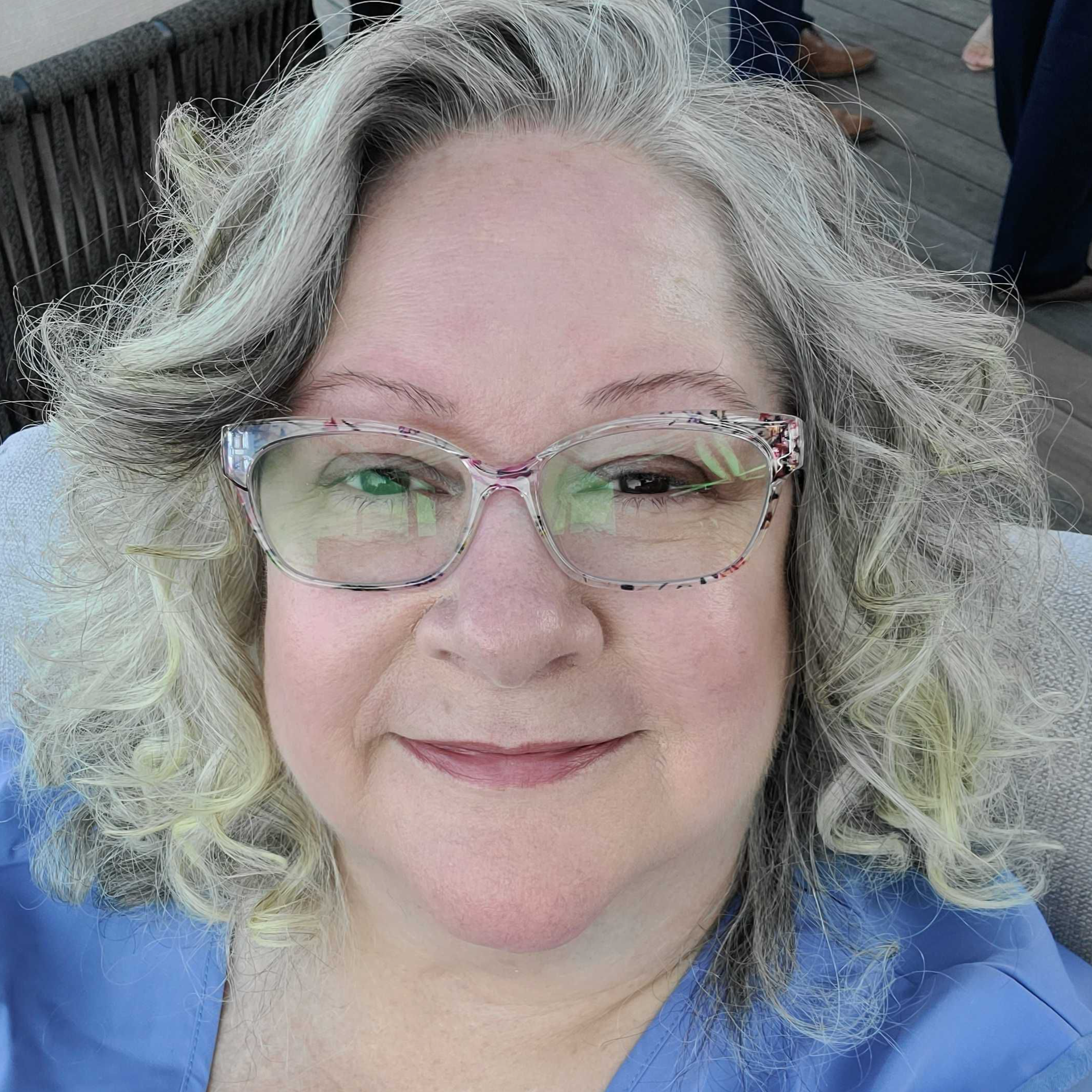Hank Thomas: 'I decided to commit suicide'
In this series, the AJC takes a look back at the life of the Rev. Martin Luther King Jr. and the civil rights movement through its historical coverage. It’s a story that can never be forgotten, especially by those who lived it.
A 1946 U.S. Supreme Court decision ruled segregated seating on interstate buses was unconstitutional.
In 1960, the justices ruled that segregation of transportation facilities – bus terminals, bathrooms and restaurants within the terminals – was unconstitutional.
Throughout the South, however, these rulings were basically ignored.
So in the spring of 1961, a group of seven black and six white activists organized by the Congress of Racial Equality put the decisions to the test by riding Greyhound and Trailways buses from Washington D.C. through the Deep South. The Freedom Riders, as they were called, also planned to use "whites only" restrooms and sit at "whites only" lunch counters.
“We all were supposed to be in Washington D.C. by May 1, 1961, for a period of training and orientation,” recalled Congressman John Lewis, who was a student at American Baptist Theological Seminary at the time.
The training included role playing of how to handle themselves during the confrontations they would likely encounter.
Atlanta businessman and civil rights activist Hank Thomas, who was a Howard University student when he joined the Freedom Riders, said: “When you’re 19 years old, your brain isn’t fully developed, so you don’t know anything about fear or the rationalization of what you’re doing. But seriously, I was committed.”
The riders faced minor violence at the beginning of the trip, but it wasn’t long until the hostility escalated and the activists found themselves surrounded by angry mobs wielding bats and firebombs.
“The bus burst into flames, Thomas recalled. “As the bus was burning, we all had a decision to make, and that was, do you still try to get off the bus and go into the mob where you were certainly going to be beaten to death, or, I decided to stay on the bus, and, at that moment, I decided to commit suicide."
MLK COVERAGE
RELATED ARTICLES


